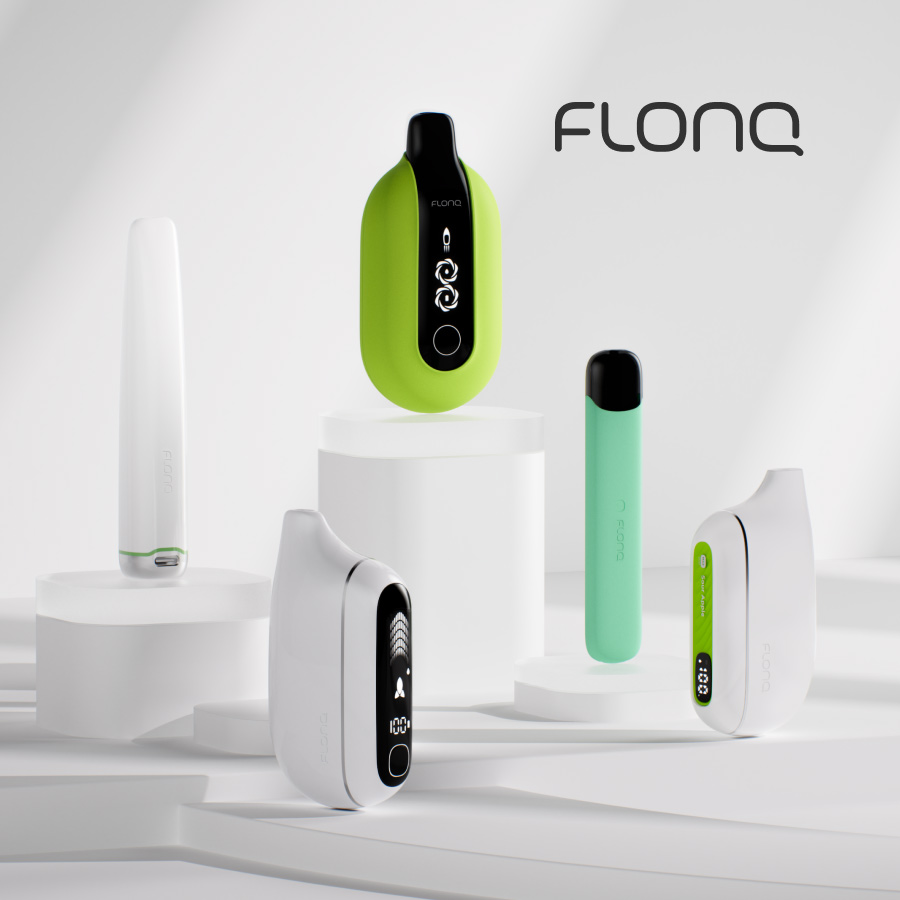Retail Experience
- Events
- February 25, 2020
- 4 minutes read
 The European e-cigarette market is estimated to be worth €3.8 billion, and 3.1 percent of adults smoke e-cigarettes. The specialized vape shops are the prominent distributor. These were the major facts shared by Stavroula Anastasopoulou, senior market analyst for ECigIntelligence, a data provider for the global e-cigarette industry.
The European e-cigarette market is estimated to be worth €3.8 billion, and 3.1 percent of adults smoke e-cigarettes. The specialized vape shops are the prominent distributor. These were the major facts shared by Stavroula Anastasopoulou, senior market analyst for ECigIntelligence, a data provider for the global e-cigarette industry.
Speaking at TABEXPO, a vapor and tobacco trade show that was held in Amsterdam in November, Anastasopoulou gave an overview of the e-cigarette market and the future of the vapor sector, which has been impacted by strict regulation and the U.S. health warnings regarding vaping black market THC. About 70 percent of the EU market is e-liquids, according to Anastasopoulou.
“This is due to price differences and frequency of use. The EU market is small compared to the combustible market, which was estimated to be worth more than €100 million in 2017,” she said. “E-cigarette market growth, however, has been relatively steady.”
The EU vapor market is concentrated in five markets that make up much of the EU segment (an estimated 80 percent). The U.K., France, Italy, Germany and Poland all exhibit different growth patterns as well. “The U.K. takes up a third of the whole market (€1.2 billion) and is one of the fastest growing markets in the world,” according to Anastasopoulou.
Italy looks more optimistic as online channels are opening and a large e-cigarette tax has been placed on hold. Anastasopoulou said she expects the negative vaping news coming from the U.S. to affect the overall EU market. However, she still estimates the EU e-cigarette market to be €5.1 billion in 2022, which is 30 percent higher than its current value, with an estimated 10 percent yearly growth rate.
Specialized vape shops are the preferred distribution method in the U.K. with 50 percent of the market. “We believe that 30 percent of the market comes from traditional retail, and that segment has been growing over the past year,” says Anastasopoulou. “There are now more independent brands (not affiliated with a tobacco company) moving into this channel.”
In Poland, online sales are officially banned, so that segment is very small. France and Italy have a similar split to the U.K. where vape shops hold 55 percent to 60 percent of the market, says Anastasopoulou. “Germany has a large online presence of about 50 percent while [brick-and-mortar] vape shops only hold 30 [percent] to 35 percent of the market. This is because the total number of vape shops is relatively lower than the other markets, but also the top online retailers are seeing more traffic than other EU countries.”
In general, Anastasopoulou expects future traditional retail sales to increase due to the growing popularity of closed devices, and more brands are expected to enter the channel. “We also expect online channels to suffer from more strict regulations. The vape shop channel is uncertain due to negative publicity from the U.S. as well,” she says. “Shops in France and Belgium are saying that they are experiencing lower revenues due to the health issues in the U.S., and shops in the U.K. are reporting 25 percent less revenue over the last month due to negative publicity.”
